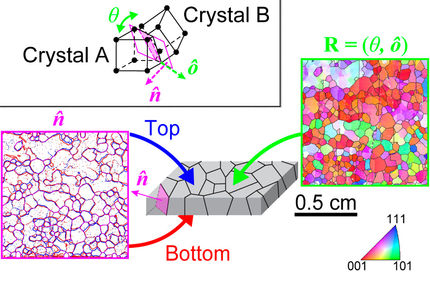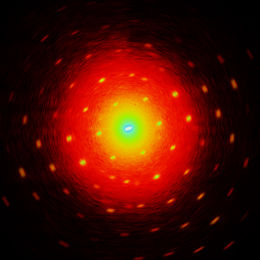Discovery paves the way for ultra fast high resolution imaging in real time
Advertisement
Ultrafast high-resolution imaging in real time could be a reality with a new research discovery led by the University of Melbourne.
In work published in Nature Communications, researchers from the University of Melbourne and the ARC Centre for Excellence in Coherent Xray Science have demonstrated that ultra short durations of electron bunches generated from laser-cooled atoms can be both very cold and ultra-fast.
Lead researcher Associate Professor Robert Scholten said the surprising finding was an important step towards making ultrafast high-resolution electron imaging a reality.
He said the finding would enhance the ability of scientists in labs to create high quality snapshots of rapid changes in biological molecules and specimens.
“Electron microscopy, which uses electrons to create an image of a specimen or biological molecule has revolutionised science by showing us the structure at micro and even nanometre scales,” Associate Professor Scholten said.
“But it is far too slow to show us critical dynamic processes, for example the folding of a protein molecule which requires time resolution of picoseconds (billionth of a billionth of a second).”
“Our discovery opens up the possibility to dramatically enhance the technology.”
Researchers say imaging at this level is like making a ‘molecular movie’, The temperature of the electrons determines how sharp the images can be, while the electron pulse duration has a similar effect to shutter speed.
The team has been able to combine these two qualities of speed and temperature, generating ultrafast electron pulses with cold electrons, paving the way for new advances in the field.
Most read news
Organizations
Other news from the department science

Get the chemical industry in your inbox
By submitting this form you agree that LUMITOS AG will send you the newsletter(s) selected above by email. Your data will not be passed on to third parties. Your data will be stored and processed in accordance with our data protection regulations. LUMITOS may contact you by email for the purpose of advertising or market and opinion surveys. You can revoke your consent at any time without giving reasons to LUMITOS AG, Ernst-Augustin-Str. 2, 12489 Berlin, Germany or by e-mail at revoke@lumitos.com with effect for the future. In addition, each email contains a link to unsubscribe from the corresponding newsletter.

































































